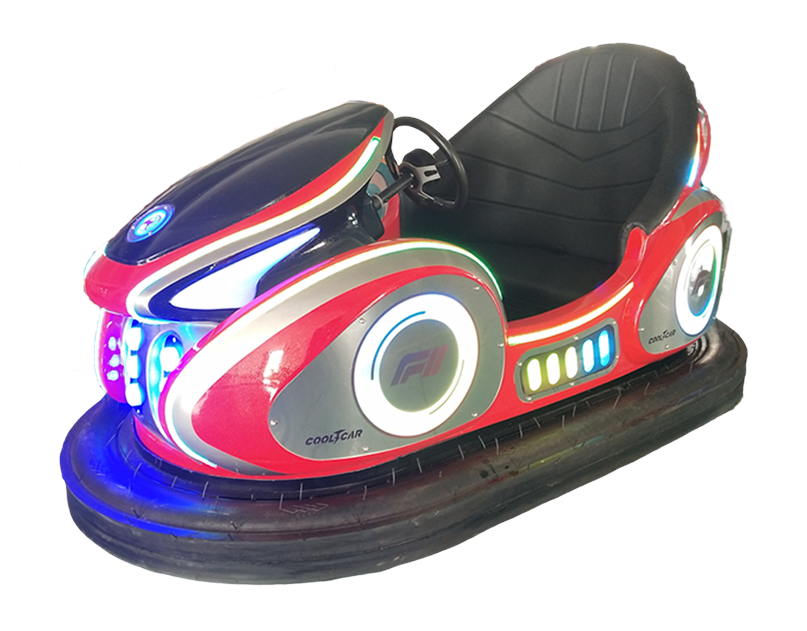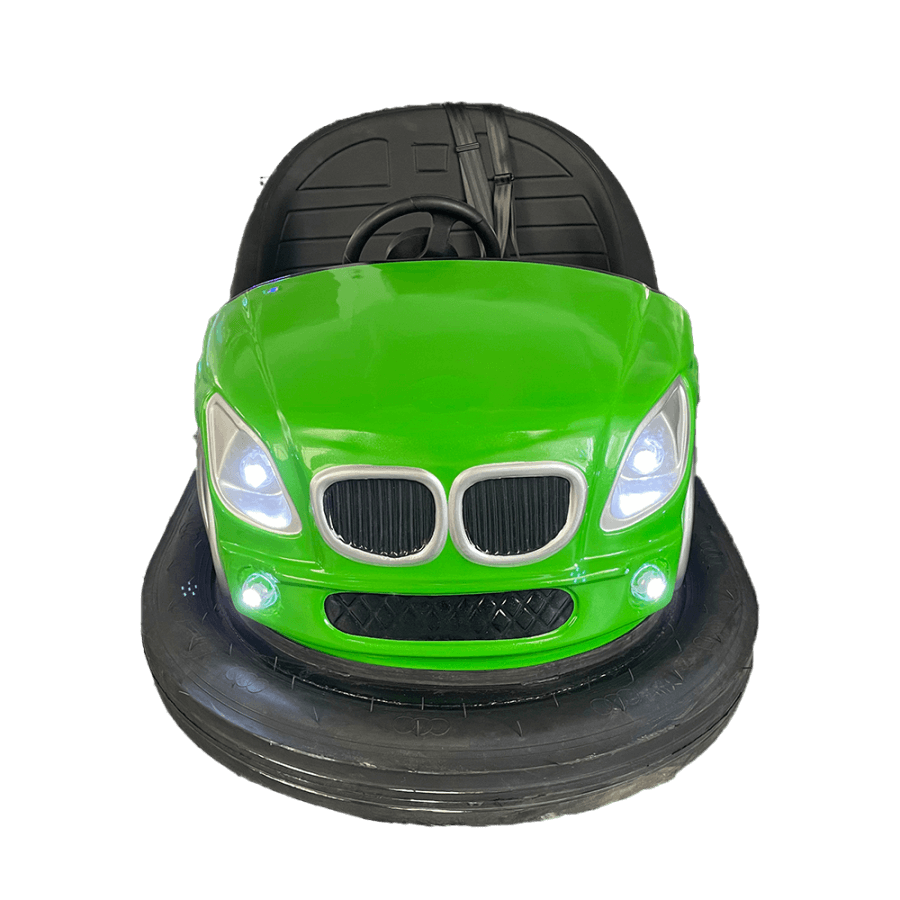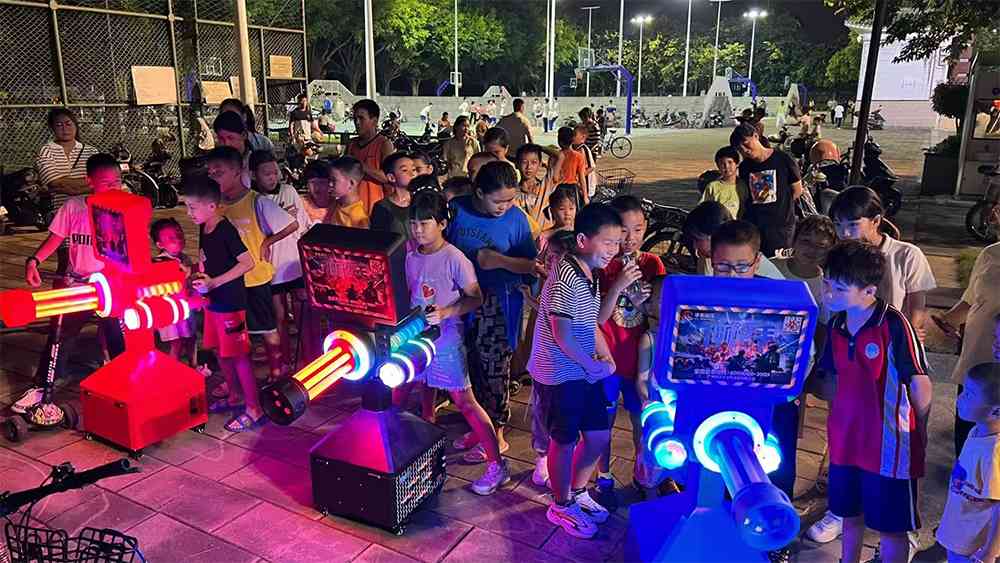The pricing of new amusement rides is a complex process influenced by many factors. It is not solely based on production costs but also depends on market demand, technology, factory scale, and more. While price does not always reflect the quality of the equipment, it often provides insight into the product’s market position and potential value. Understanding the factors that affect pricing can help operators make more informed decisions when purchasing new amusement rides.
Table of Contents
1- Differences in Production Processes and Materials
In the manufacturing of amusement rides, the choice of production processes and materials is the primary factor determining costs. Different manufacturers select materials based on the product’s target market. For example, the thickness and quality of steel, the choice of electronic components, motor types, and other critical parts, such as bearings and tires, will all affect production costs. High-quality materials not only enhance the durability of the equipment but also improve safety and the user experience, which often results in a higher price.
Additionally, manufacturers may either produce components in-house, such as fiberglass structures, or purchase them from suppliers. Producing parts internally might lower costs, but there could be quality inconsistencies. Conversely, outsourcing parts tends to increase costs but ensures more stable quality. These differences in production strategy are reflected in the final pricing of the equipment.

2- Factory Scale and Operating Costs
Factory scale directly impacts the pricing of new amusement rides. Large factories usually have higher fixed costs, including a larger workforce, bigger production spaces, and higher rent. These overhead costs contribute to the equipment’s final price. However, larger factories often benefit from higher production efficiency and stronger technological capabilities, enabling them to quickly produce and deliver large quantities of equipment, thus reducing the per-unit cost through economies of scale.
On the other hand, smaller factories, with lower fixed costs, may offer lower-priced equipment. However, they may lack the competitive edge in terms of technology, R&D, after-sales support, and production flexibility. While the initial price might be lower, the long-term costs, including maintenance and durability, could be higher for operators.

3- Production Efficiency and Cost Control
Production efficiency is a key determinant of equipment pricing. The production time for a new amusement ride directly influences the cost. Manufacturers with efficient processes can significantly reduce labor and time expenses. For example, some manufacturers may take one week to complete a set of equipment, while others may take ten days or more. Increased efficiency allows for lower production costs, giving manufacturers more flexibility in pricing.
Additionally, efficient production enables manufacturers to respond quickly to market demand. This agility allows them to adjust their production plans in response to changes in the market, which is why many large manufacturers can maintain their competitive edge.

4- Technology and Innovation
The level of technology in new amusement rides is another major factor that affects pricing. As technology advances, more rides incorporate high-tech elements like virtual reality (VR), augmented reality (AR), and smart control systems. These technologies not only enhance the entertainment value and interactivity of the rides but also improve the immersive experience for users.
However, the integration of high-tech features also increases the costs of research and production, which is reflected in the equipment’s price. For example, VR-based rides can be several times more expensive than traditional ones, but their unique experiences and innovative appeal can generate higher returns for operators.

5- Market Demand and Pricing Strategy
Market demand plays a critical role in determining the pricing of amusement rides. Different market segments require different pricing strategies. For instance, high-end amusement parks may choose more expensive, technologically advanced rides to provide unique experiences that attract higher-spending customers. Conversely, amusement parks targeting the general public may focus more on cost-effectiveness and choose moderately priced equipment that still offers a complete range of features.
Seasonal demand can also affect pricing. During peak tourist seasons, demand for amusement rides increases, and manufacturers may raise prices. During off-seasons, prices may decrease, with promotional offers to attract buyers.

6- After-Sales Service and Maintenance Costs
After-sales service and maintenance costs are crucial considerations for operators and are factored into the pricing of equipment. High-quality rides often come with comprehensive after-sales support, including regular maintenance, technical support, and warranty services. These services, although increasing the initial purchase price, significantly reduce the operator’s maintenance costs over the life of the equipment and prolong its operational lifespan.
Good after-sales service minimizes downtime, ensuring the amusement park’s smooth operation and enhancing customer satisfaction. Although the upfront investment may be higher, in the long term, comprehensive after-sales support provides better returns on investment for operators.

Conclusion
The pricing of new amusement rides is a multifaceted decision-making process, involving factors like production processes, factory scale, production efficiency, technology, market demand, and after-sales service. For operators, it is important not to judge equipment solely based on its price. Instead, they should consider the overall value, performance, and long-term operating costs. By evaluating these factors, operators can make choices that best meet their business needs and achieve higher returns on their investment.
